Where Are Jaycee Dugard and Her Daughters Today? A Look at Their Lives After Abduction
Jaycee Dugard and her two daughters were rescued in 2009 — after 18 years in captivity
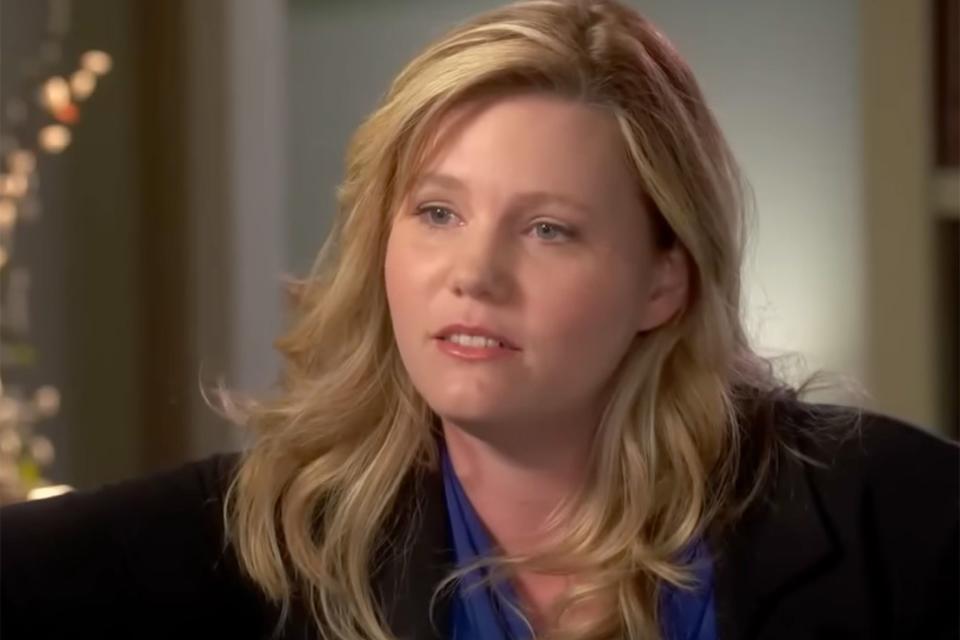
ABC News
Jaycee Dugard during an interview with ABC News.Jaycee Lee Dugard was just 11 years old when she was abducted on her way to school in 1991 — not to be seen again for 18 years, when she was finally rescued in 2009.
The story of how Jaycee was snatched in broad daylight, just steps from her South Lake Tahoe, Calif. home, captivated the nation in 1991. The community rallied in support of Jaycee and her family — holding fundraisers, passing out flyers and hanging pink ribbons throughout the town (in honor of Jaycee’s favorite color, pink). Meanwhile, her mother, Terry Probyn, constantly wished to see her daughter again.
“As long as Jaycee is alive, there’s hope,” Terry said in 1991.
As the years passed, however, a positive outcome seemed less and less likely. That is, until Aug. 27, 2009, when Jaycee resurfaced — after 18 years in captivity.
“I’m not aware of any other stranger-abduction case where a child has been recovered after 18 years,” Ernie Allen, president of the National Center for Missing & Exploited Children, told PEOPLE at the time. “It’s amazing and it’s horrendous, but the most important thing is that Jaycee is alive.”
Following her rescue, horrifying details of what happened to Jaycee since that fateful day in 1991 began to emerge. She had been kidnapped by Phillip Garrido, a convicted sex offender, and his wife, Nancy, and held captive in a series of tents and dilapidated sheds in their Antioch, Calif. backyard.

ABC News
Jaycee Dugard during an interview with ABC News.Phillip repeatedly raped Jaycee over the years and fathered two daughters with her when she was just 14 and 17 years old. Despite Phillip being on parole for a 1976 kidnapping conviction, Jaycee and the girls went undetected until August 2009 — when he visited a college campus with his two daughters and a campus police officer grew suspicious. The intuition of that officer is what led to Jaycee’s rescue, nearly two decades after she first went missing.
Since being reunited with her family, Jaycee and her two daughters have been working on rebuilding their lives and achieving a sense of normalcy.
From her initial abduction to her shocking rescue and beyond, here’s everything to know about Jaycee Dugard and her post-kidnapping life.
Who is Jaycee Dugard?
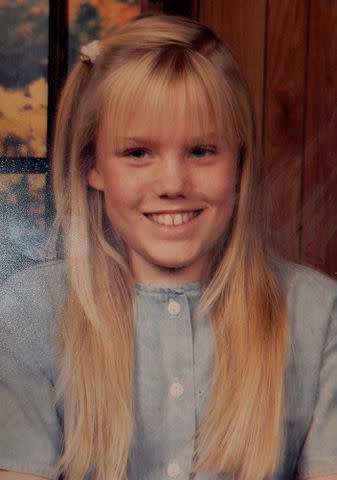
Mark Boster/Los Angeles Times/Getty
Jaycee Dugard in a photo dated about 1990.Jaycee Lee Dugard was born on May 3, 1980, in Anaheim, Calif., the result of a brief fling between her mother, Terry, and Kenneth Slayton, who was not involved in her upbringing.
When Jaycee was 7 years old, her mother married a carpet contractor named Carl Probyn. The couple welcomed a daughter, Shayna, together in 1989. In September two years later, the young family relocated from a suburb of Los Angeles to South Lake Tahoe, Calif., seeking a safer environment for the girls.
“The mountains and the clean air and a small town — somewhere where we’d be safe,” Carl said about South Lake Tahoe in Lost and Found: The True Story of Jaycee Lee Dugard by John Glatt. “Where the kids would be safe.”
“Moving to Tahoe felt like freedom and safety,” Terry added. “And Jaycee was blossoming.”
What happened to Jaycee Dugard?
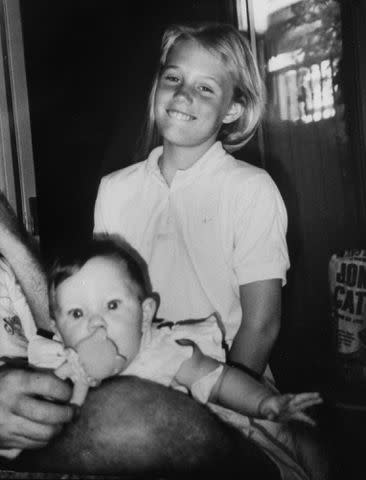
Kim Komenich/Getty
Jaycee Dugard smiling as she stands next to her baby half-sister Shana.On the morning of June 10, 1991 — less than a year after the family had moved to South Lake Tahoe — Jaycee was kidnapped by convicted sex offender Phillip and his wife, Nancy, as she walked to the school bus stop.
According to interviews later given to police, Phillip and Nancy purchased a stun gun before heading to the South Lake Tahoe area. As Jaycee walked towards the bus stop, the Garridos drove up alongside her and used the stun gun on her. Nancy then snatched Jaycee into the backseat of their gray car, hiding her under a blanket and speeding off.
“I heard voices in the front, and the man said, ‘I can’t believe we got away with it,’ and he started laughing,” Jaycee testified about her kidnapping in 2010, according to The New York Times.
Jaycee’s abduction was witnessed by her stepfather, Carl, and some of her classmates, who were waiting at the bus stop, according to Lost and Found: The True Story of Jaycee Lee Dugard. Carl took off after the car on his bike — and when he couldn’t keep up, he ran into a neighbor’s house to call 911.
“I heard Jaycee scream, and she was gone,” Carl told PEOPLE in 1991. The Garridos drove Jaycee to their home in Antioch, Calif., a Bay Area suburb about 120 miles from South Lake Tahoe. There, the 11-year-old girl pleaded with her kidnappers to return her to her family.
“I just wanted to go home,” Jaycee stated in her 2010 grand jury testimony, according to The New York Times. “I kept telling him that, you know, ‘I don’t know why you’re doing this. If you’re holding me for ransom, my family doesn’t have a lot of money.’ ”
The Garridos would not let Jaycee return home. Instead, they held her captive in a series of tents, shacks and sheds behind their home.
What happened to Jaycee Dugard after she was kidnapped?
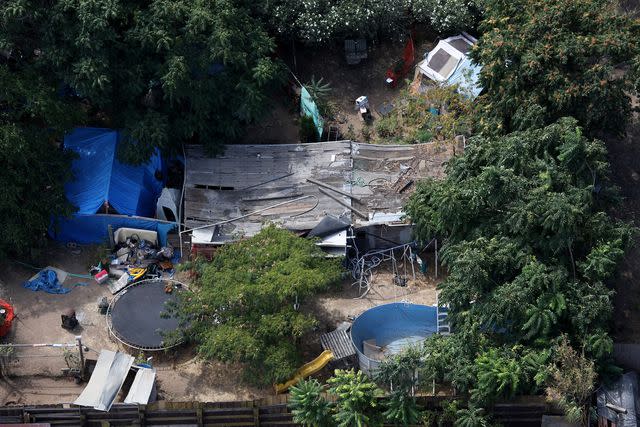
Justin Sullivan/Getty
Tarps, tents and a wooden structure are seen in the backyard of alleged kidnapper Phillip Garrido on August 28, 2009.Upon bringing her to his backyard compound, Philip kept Jaycee naked and handcuffed, she recounted in her 2011 memoir, A Stolen Life. Shortly after her kidnapping, Phillip raped Jaycee — and would continue to do so for years. In addition to the sexual assaults, Phillip forced Jaycee to dress up and put on makeup for “his personal fantasies,” she later revealed.
“He explains to me he has a sex problem and that he took me so I could help him with his problem so he wouldn’t have to bother anyone else with his problem,” Jaycee wrote in A Stolen Life. “He says it consumes his mind and that by me giving him an outlet I am saving others.”
The rapes continued weekly until August 1994, when Jaycee gave birth to her first child, the Los Angeles Times reported. “She was beautiful. I felt like I wasn’t alone anymore. [I] had somebody else who was mine. I wasn’t alone,” Jaycee told Diane Sawyer on ABC News in 2011.
Following her birth, the frequency of the rapes slowed down — but still continued. The final assault came in 1997 when Jaycee became pregnant with her second child. She gave birth to another daughter in November of that year.
The girls grew up knowing Phillip was their father but believed Nancy was their mother and Jaycee, their older sister. They were never taken to a doctor or allowed to attend school, but Jaycee did her best to homeschool them in the backyard, she wrote in A Stolen Life.
“I had the girls to take care of,” Jaycee wrote. “But I wanted them to have a better life.”
How were Jaycee Dugard and her daughters rescued?
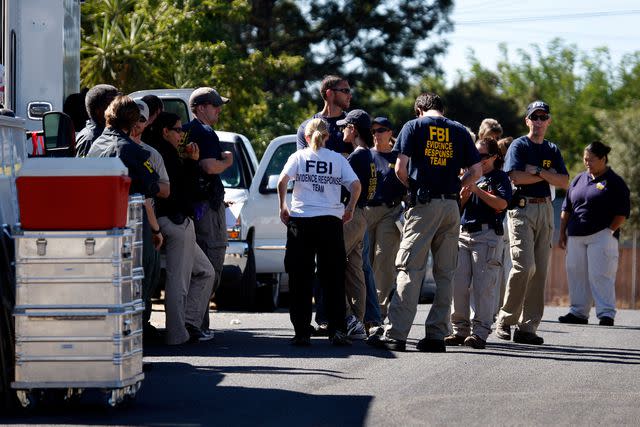
Paul Chinn/The San Francisco Chronicle/Getty
A team of FBI investigators prepares to search a home for clues in the 18-year-old kidnapping case of Jaycee Dugard in Antioch, California.Jaycee’s 18 years in captivity came to an end in August 2009, after Phillip took their daughters (who were 15 and 11 at the time) to the University of California, Berkeley campus in search of an event permit to distribute religious flyers. A campus police officer became suspicious of Phillip during the visit and requested that he return the following day.
“He was clearly unstable," Lisa Campbell, the UC Berkeley manager of special events, said about Phillip.
Before he came back to UC Berkeley on Aug. 25, 2009, Officer Ally Jacobs ran a background check on him and discovered he was a convicted sex offender. When he did return to the campus with his two daughters, Campbell and Jacobs were both concerned about the girls’ appearance and behavior — which Jacobs described as extremely pale, with lifeless eyes and no emotion.
“I’m a mother, so police mode turned into mother mode,” Jacobs said.
Since Campbell and Jacobs had no way of holding Phillip, they contacted his parole officer after he left campus to express their concern about his two daughters. The parole officer informed them that, to their knowledge, Phillip did not have any daughters.
The following day, Aug. 26, 2009, Phillip was summoned to his parole officer’s office and brought Nancy, Jaycee (whom he called “Allissa”) and their two daughters. There, he eventually admitted that he had kidnapped and raped Jaycee. Phillip and Nancy were both taken into custody, and Jaycee was reunited with her mother, Terry, and step-sister Shayna, on the morning of Aug. 27, 2009.
“To hug that girl after 18 years and touch her hair and run my fingers down her back and separating the strands of hair, it was just the best feeling in the world,” Jaycee’s aunt, Tina Dugard, told PEOPLE after the emotional family reunion.
Did Jaycee Dugard have Stockholm Syndrome?
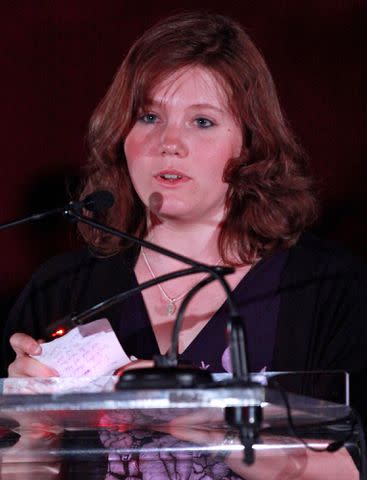
Charles Eshelman/FilmMagic
Jaycee Dugard attends the 3rd annual Diane Von Furstenberg awards on March 9, 2012 in New York City.Following Jaycee’s rescue, there were theories that she had Stockholm Syndrome (a condition in which victims develop positive feelings towards their abuser or captor as a coping mechanism, according to the Cleveland Clinic).
These theories developed after it was revealed that Jaycee had never tried to escape the Garridos during her 18 years of captivity — and even refused to tell the authorities her true identity when she was initially questioned. Jaycee only properly identified herself after Phillip confessed.
She later testified that, though she longed for freedom, she never attempted to escape because of her two daughters.
“I couldn’t leave. I had the girls,” she said in her testimony, per The New York Times. Jaycee has also strongly refuted that she ever had Stockholm Syndrome.
“It’s degrading having my family believe that I was in love with this captor and wanted to stay with him,” she told ABC News in 2016. “I mean, that is so far from the truth that it makes me want to throw up. It’s disgusting. I adapted to survive my circumstances. There’s just no other way to put it.”
Jaycee continued, “He was always my captor. I never forgot that. Never.”
What happened to Phillip and Nancy Garrido?

Randy Pench/Sacramento Bee/Tribune News Service/Getty
Phillip Garrido sits in his chair in El Dorado Superior Court in Placerville, California on December 11, 2009.Following Jaycee’s rescue, Phillip and Nancy were arrested and charged with kidnapping and false imprisonment, as well as multiple counts of rape, lewd conduct with a minor and child pornography, CBS reported. Despite his initial confession, Phillip originally pleaded not guilty to the charges in April 2011.
However, later that same month, both Phillip and Nancy pleaded guilty to kidnapping and rape charges, The New York Times reported. In June 2011, Phillip was sentenced to 431 years in prison while Nancy received a sentence of 36 years to life. Both waived the right to appeal as part of their sentences — but they are eligible for parole as early as 2034.
“I hope the justice system understands who they have in prison and will not let Phillip Garrido out as they did last time he was in prison for rape and kidnapping,” Jaycee told PEOPLE in 2016 of her captor's 1976 conviction for kidnapping a casino worker. “He was serving life plus 50 [years] and was paroled in 11 years. He then took me captive for the next 18 years of my life.”
She added, “He belongs in prison where he cannot hurt anyone else.”
Where are Jaycee Dugard and her daughters now?
Following her rescue, Jaycee and her two daughters moved in with her mother, Terry, in an undisclosed location in Northern California. Jaycee retained custody of her two daughters, and the trio attempted to achieve a new sense of normalcy following their years of captivity.
“I’m so happy to be back with my family,” Jaycee told PEOPLE in October 2009. “Nothing is more important than the unconditional love and support I have from them."
Slowly, Jaycee and her daughters worked to rebuild their lives. Jaycee learned to drive, adopted her own pets and began checking items off of a bucket list she had drafted while being held hostage by Phillip — including swimming with dolphins, riding in a hot air balloon and traveling to see pyramids in Belize, ABC News reported.
In the years since her rescue, Jayce has also written two books about her experience — the 2011 memoir A Stolen Life and 2016’s Freedom: My Book of Firsts — and founded The JAYC Foundation, which helps families recovering from abductions or other traumatic events.
In 2016, Jaycee revealed that her two daughters were attending college. However, she’s largely kept information about their personal lives private — only praising them for their resilience and strength.
“I’m so excited for them and so proud of all the challenges they have overcome,” she told PEOPLE. Jaycee elaborated in Freedom: My Book of Firsts, writing, “I am so proud of who they are growing up to be. I’ve done my best to protect them over the years, just like any other mother would do for her kids.”
Jaycee also explained why she hadn't shared more about her daughters' lives. “You might wonder why not more of this book is about them since they are such a big part of my life. I have chosen it to be this way for the simple reason that I believe they deserve the right to their own stories," she wrote. "One day if they want to, they can write them their way.”
For more People news, make sure to sign up for our newsletter!
Read the original article on People.


